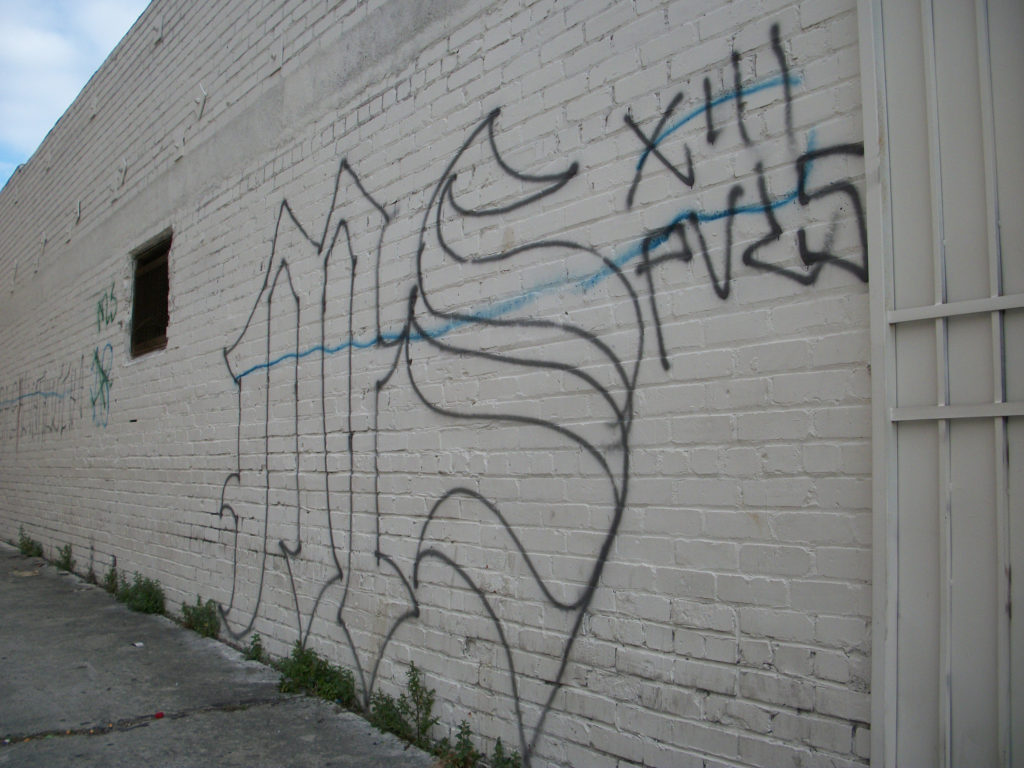Uttam Dhillon, the acting director of the Drug Enforcement Administration, warns that Mexican drug cartels pose the “biggest” threat to the national security and health of U.S. citizens, according to The Hill.
This has been a consistent concern from those in the law enforcement and national security professions, namely that concerns over immigration enforcement by building a physical wall may deter and in fact impede U.S. efforts to project force into northern Mexico, specifically against multinational drug cartels.
The old argument “walls work both ways” remains a consistent criticism of America’s anti-immigration solutions, such as they are.
One solution that remains strategically viable and operationally cheaper than a physical wall? The digital fence — a border enforcement solution that not only activates a shield across the southern border of the United States, but also preserves the ability for the United States to move into northern Mexico — a dire contemplation, but one that places such as Ciudad Juarez may necessitate should the Mexican government not be able to combat the drug trafficking problem on their own terms.
Thus far, the idea of a digital fence with active enforcement remains a popular and open-ended solution to Washington policy makers, even if it is unpopular with either the “open borders” advocates on the left or the “closed borders” advocates on the right.
Yet the solution is elegant, one that trades a passive and expensive solution for a direct and operationally flexible one.
With drug activity increasing inside the United States and the Mexican cartels showing no signs of abating either in their production or aptitude for violence, calls from law enforcement to apply solutions — while at the moment in the realm of abstract policy — may very soon transition into a clear and present danger should policy makers fail to act, especially as an ounce of prevention provides a pound of cure.

